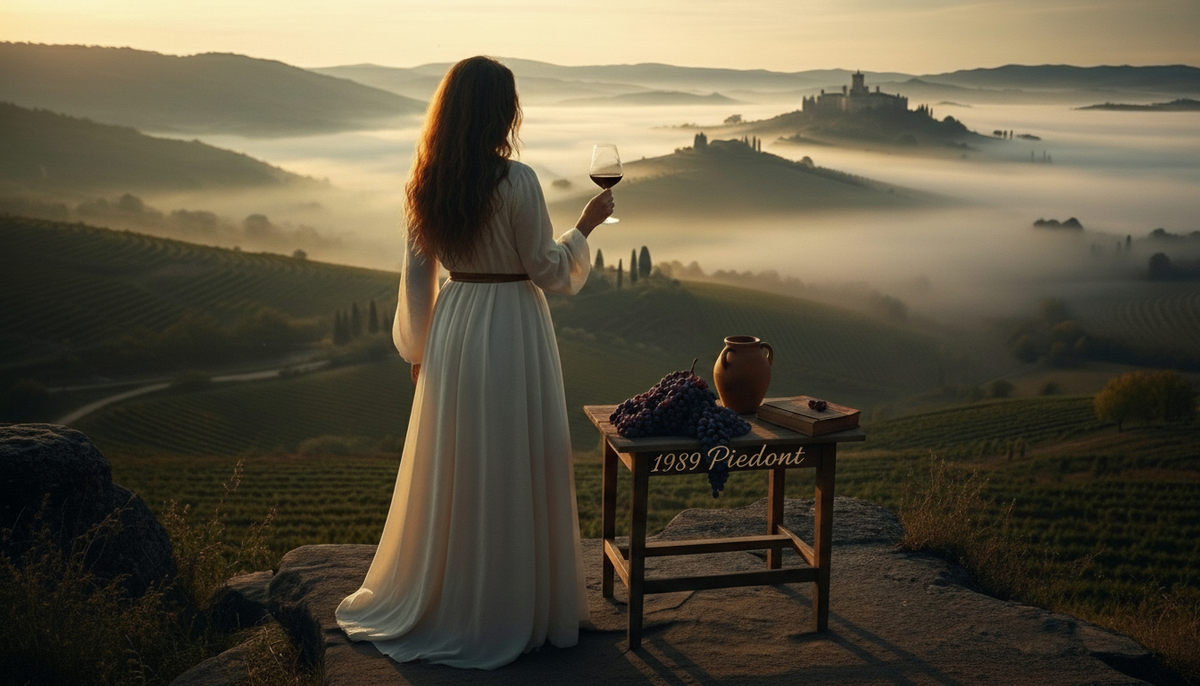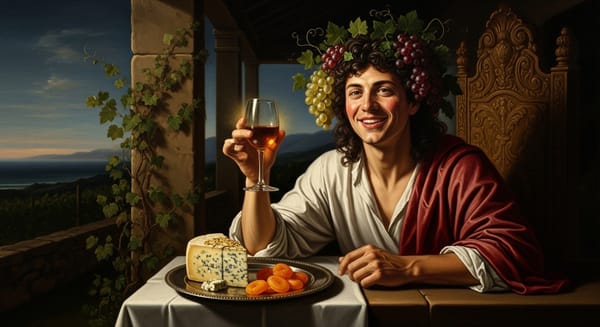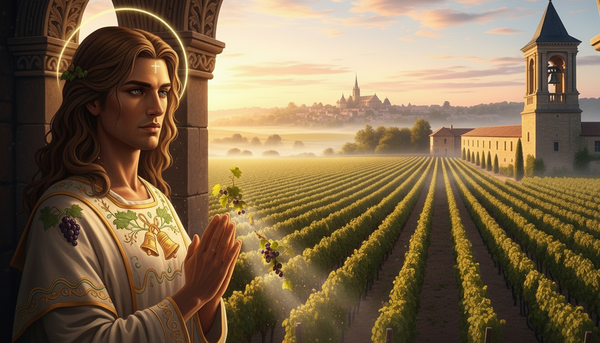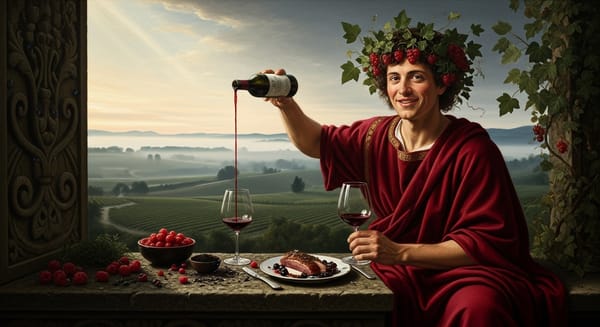1989 Piedmont: A Year When the Hills Carried Their Own Light
Deep-dive into the legendary 1989 Piedmont vintage: slow-ripened Nebbiolo, rose petal, iron and blood-orange aromatics, firm yet resolved tannins. Commune highlights, top Barolo & Barbaresco producers, aging curves, drink-or-hold guidance—learn why ’89 still glows. Discover cellar tips, smart buys.

Rose petal and iron resting on cool autumn air—can power ever feel this transparent, or is this merely the trick of the light?
The Season's Quiet Alchemy: Warmth and Shadow
The Piedmont 1989 vintage began with a foundational calm: an unremarkable winter followed by a cool, wet spring. The summer was warm and dry, but the most important structural work happened in the decisive light of autumn. September and October brought warm days perfectly counterbalanced by intensely cool nights, ensuring a slow, perfect final ripening. This long hang time produced deeply aromatic, thick-skinned Nebbiolo clusters from a smaller-than-average but healthy crop. In 1989 the Langhe felt suspended between warmth and shadow, and the fruit gathered both.
The Structure's Pledge: Authority Forged in Light
Is 1989 Piedmont worth aging? Absolutely. This vintage is immediately recognized as one of the greatest Nebbiolo vintages, spoken of in the same reverent breath as 1978 and 2001. It delivered the impossible: profound ripeness and monumental structure that remained radiantly aromatic and fresh. The combination of perfect final weather created tannins that feel carved from the earth rather than imposed. Its long arc is only now revealing the full, quiet authority built into its core.
Decoding the Glass: Iron, Silence, and the Cool Touch of Time
To taste 1989 is to feel the cool, precise touch of time itself. The primary profile is defined by bright red cherry, dried raspberry, and the unexpected tang of blood orange. These notes are lifted by the ethereal signature of Nebbiolo: rose petal, anise, and dried herb. Beneath the fruit lies the cool, dense architecture of iron and crushed stone, layered over the warmth of damp earth. The tannins are firm but refined, now firm but increasingly resolved. Acidity remains bright and tensile—a thread of gold woven through the whole. I once opened a 1989 Barolo on a fog-softened morning—the aroma rose as if the hillside itself had paused to breathe.
The Slopes' Memory: Dialects of Stone and Air
Each hillside carried a different memory of the season—some bright, some austere, all unmistakably Nebbiolo. Serralunga d’Alba delivered deep, powerful, iron-driven wines of monumental structure. Castiglione Falletto produced poised, red-fruited expressions, finely etched with spice and mineral clarity. Monforte d’Alba yielded dark, firm, and long-lived giants. La Morra, rooted in its softer soils, provided fragrant, lifted, and elegant wines. Barolo (Comune) captured the classic archetype: a perfect balance of fruit, rose, and earth. Barbaresco offers earlier aromatic lift, though the best wines still reward patience, with razor detail.
Cellar Choices: The Patience of the Botti
In 1989, cellars still felt shaped by patience, as if time itself were the final ingredient. The late 1980s were the cusp of change, but many producers adhered to long macerations (20–50+ days), often using cappello sommerso (submerged-cap) for gentle extraction. Fermentations were slow and deliberate. The majority of aging relied on large Slavonian botti (casks), with minimal new wood, though a few early modernists began experimenting with shorter maceration and small barrique (French oak) for added polish. This classical approach preserved the vintage's tensile structure and profound perfume.
Producer Call-Outs: Architects of Light and Time
The best producers Piedmont 1989 were the architects of this luminous vintage, bottling patience and light.
- Icons: Giacomo Conterno and Bartolo Mascarello delivered wines of profound classical truth. Rinaldi achieved structural density wrapped in exquisite perfume. Gaja (Barbaresco) captured the vintage's radiant aromatics. Bruno Giacosa and Vietti bottled extraordinary complexity and depth.
- Value Plays: Cavallotto, Brovia, Oddero, Produttori del Barbaresco, and Massolino proved the vintage’s generosity, offering compelling structure and clarity at their respective tiers.
- Wild Cards: Elvio Cogno (pre-brand-shift), Marcarini, and Aldo Conterno all released powerful, beautifully focused wines that rewarded decades of quiet waiting.
These bottles no longer speak in youth’s brightness but in a long, steady glow.
Drink-or-Hold Scorecard: The Final Plateau of Clarity
Time has not dimmed these wines; it has simply taught them a quieter language.
- Early Glow (Now–2035): The current window offers beautiful maturity, with the clarity of fruit and earth notes seamlessly fused. These are drinking superbly, rewarding a gentle decant.
- Sweet Spot (2005–2025): The era of perfect, silken balance, when firm tannin first resolved into true harmony. Many bottles still linger here, offering sublime tertiary complexity.
- Marathon (2036+): The top crus and long-maceration traditionalists will continue unfolding, rewarding extreme patience with notes of truffle, dried herb, and profound mineral calm.
Final Reflection
The 1989 Piedmont vintage remains one of the region’s true masterpieces, a year where power was wrapped in transparency by the long, cool autumn light. The resulting wines achieved a rare synthesis, embodying the full warmth of the earth while retaining the tensile freshness granted by cool, clear nights. This perfect structural equilibrium ensures the wines' endurance, allowing the profound core of Nebbiolo to unfold its complex memory across the generations. This vintage now rests in a quiet, luminous glow, a persistent truth of the Langhe carried through the decades with singular, enduring strength, a monument built only of memory and time.





